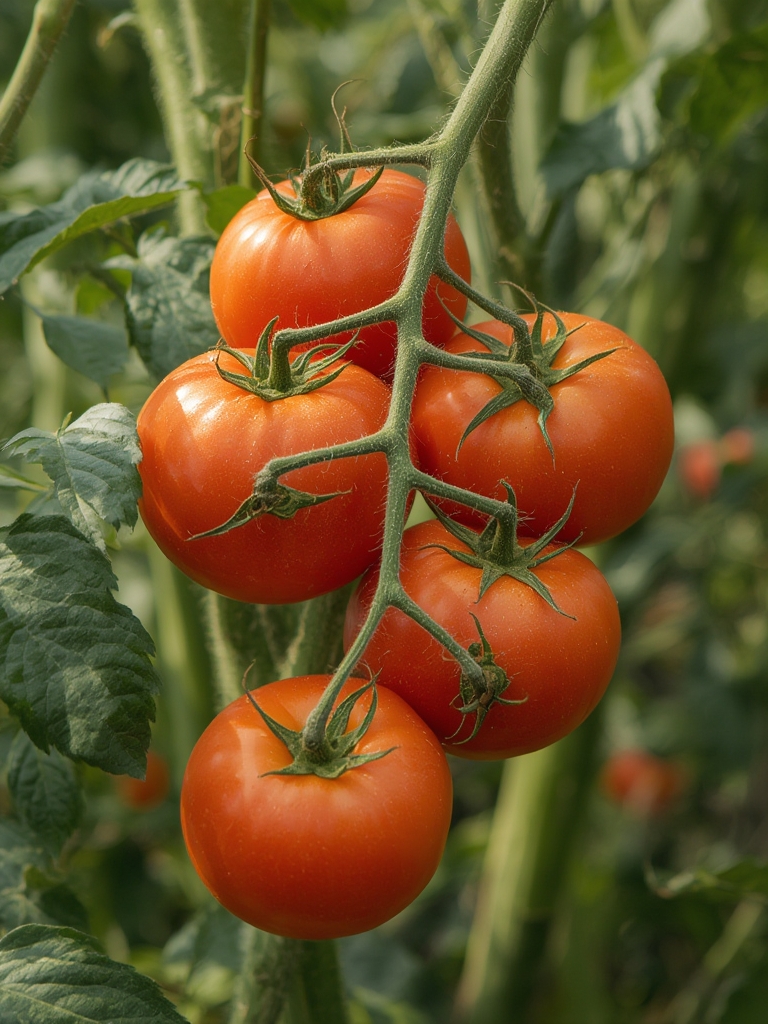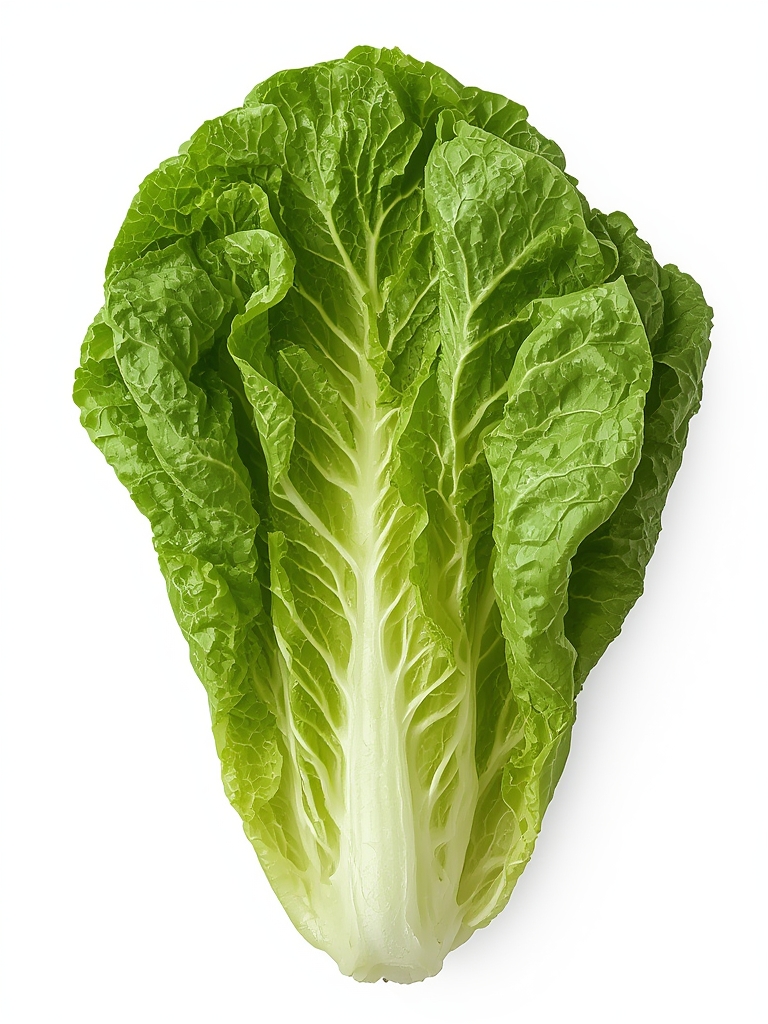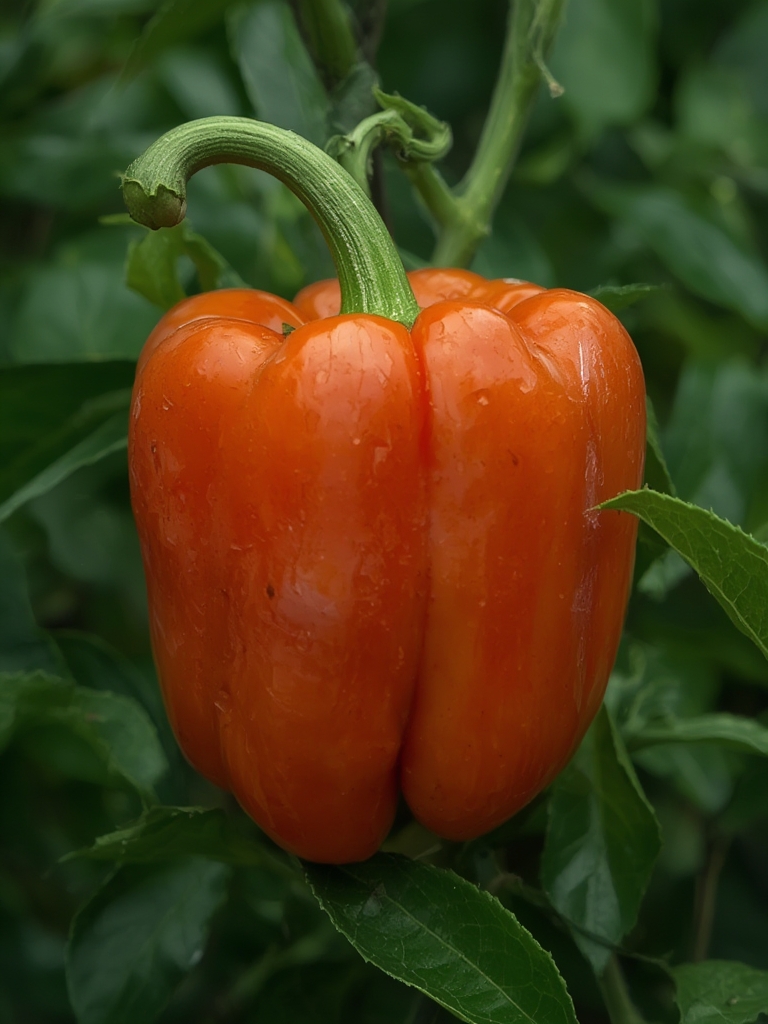How to Grow Juicy Tomatoes
Have you ever bitten into a store-bought tomato only to find it bland and disappointing? Growing your own Tomatoes at home can transform your culinary experience with explosive flavor that supermarket varieties simply can’t match. Whether you’re a seasoned gardener or a curious beginner, cultivating these versatile fruits (yes, technically they’re fruits!) in your backyard, patio, or even windowsill can provide immense satisfaction and nutritional benefits. The journey from seed to harvest isn’t just rewarding, it’s surprisingly accessible with the right guidance.
Materials & Supplies
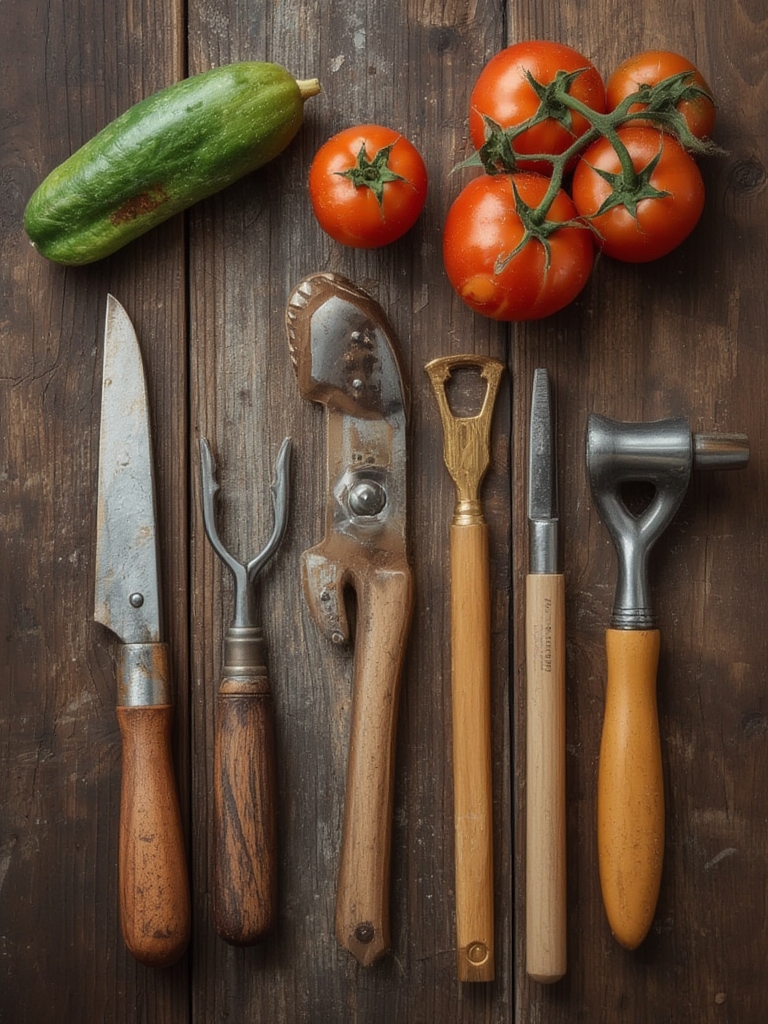
To start your tomato-growing adventure, you’ll need:
- Seeds or seedlings: Choose varieties suited to your climate and space. Heirloom varieties offer unique flavors, while cherry tomatoes are perfect for beginners.
- Growing containers: 5-gallon buckets with drainage holes work wonderfully if you lack garden space.
- Potting mix: A well-draining, nutrient-rich soil specifically formulated for vegetables.
- Tomato cages or stakes: Essential for supporting plants as they grow.
- Organic fertilizer: Look for options formulated for vegetables or tomatoes specifically.
- Watering can or irrigation system: Consistent watering is crucial for tomato success.
- Pruning shears: For maintaining plant health and increasing productivity.
- Organic mulch: Helps retain moisture and prevents soil-borne diseases.
Timing / Growing Schedule
Tomato growing follows a predictable timeline that requires some planning:
- Seed starting: Begin indoors 6-8 weeks before your last frost date
- Transplanting: Move seedlings outdoors when nighttime temperatures consistently stay above 50°F
- Growth period: 60-85 days from transplant to first harvest, depending on variety
- Harvest window: Most plants produce for 2-3 months in optimal conditions
For perspective, determinate varieties (bush types) produce all their fruit within a shorter window, while indeterminate varieties (vining types) continue producing until frost kills the plants.
Step-by-Step Instructions
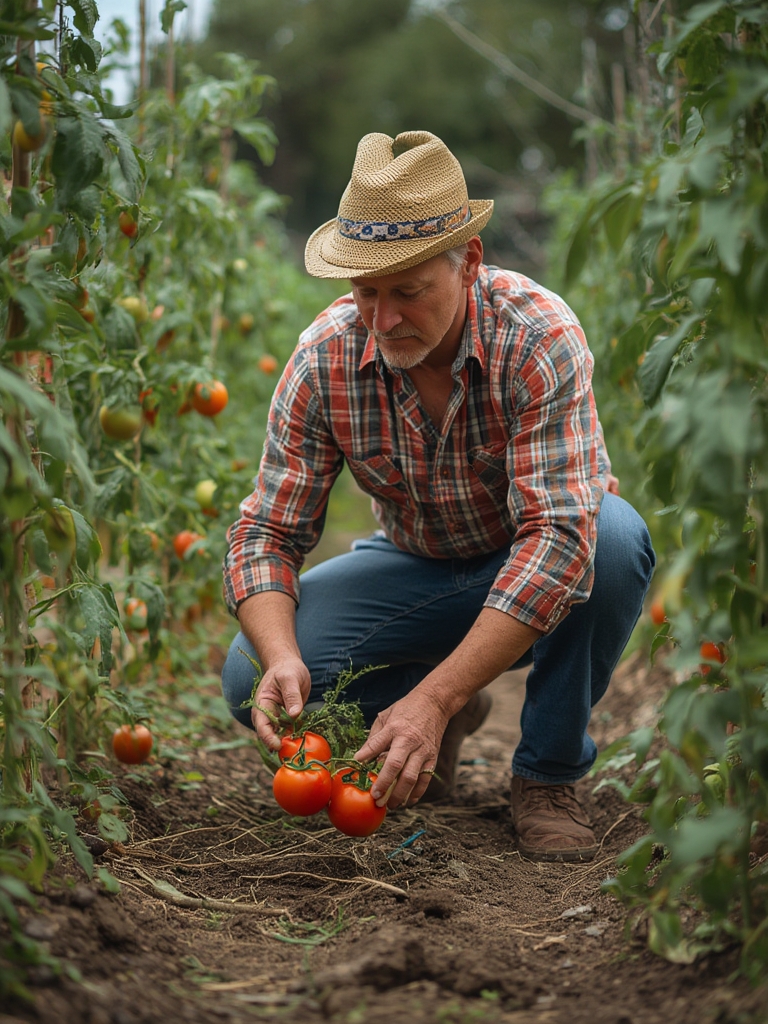
- Seed starting: Plant seeds 1/4 inch deep in seed-starting mix. Keep consistently moist at 70-75°F. Pro tip: Use a heating mat to improve germination rates.
- Hardening off: Once seedlings have 2-3 true leaves, gradually introduce them to outdoor conditions over 7-10 days. Start with 1 hour of morning sun, increasing exposure daily.
- Planting: Dig a hole deep enough to bury 2/3 of the stem—tomatoes will develop roots along buried stems! Space plants 18-36 inches apart, depending on variety.
- Support: Install cages or stakes at planting time to avoid damaging roots later.
- Watering routine: Deliver water directly to the soil, aiming for 1-2 inches weekly. Water deeply but infrequently to encourage deep root growth.
- Feeding schedule: Apply organic fertilizer when plants begin flowering, then every 3-4 weeks thereafter.
Nutritional Benefits
Home-grown Tomatoes aren’t just tastier—they’re nutritional powerhouses containing:
- Lycopene, a powerful antioxidant linked to reduced cancer risk
- Vitamins A, C, and K
- Potassium and folate
- Significantly higher nutrient levels than store-bought varieties
Plus, growing your own eliminates concerns about pesticide residues and reduces your carbon footprint.
Tips and Alternative Methods
- Container growing: Choose determinate or dwarf varieties for pots; ensure containers are at least 18 inches deep.
- Vertical gardening: Maximize small spaces by training indeterminate varieties upward on trellises.
- Companion planting: Grow basil and marigolds nearby to deter pests naturally.
- Season extension: Use cloches or row covers to start earlier and extend your harvest into fall.
Common Mistakes to Avoid
- Inconsistent watering: Causes blossom end rot and fruit splitting. Solution: Use mulch and establish a regular watering schedule.
- Overcrowding: Reduces airflow and promotes disease. Solution: Follow spacing guidelines rigorously.
- Over-fertilizing: Produces lush foliage but few fruits. Solution: Use balanced fertilizers and avoid excess nitrogen.
- Neglecting pruning: Indeterminate varieties benefit from removing suckers (side shoots) to improve airflow and direct energy to fruit production.
Storage / Maintenance Tips
Store harvested Tomatoes at room temperature, never in the refrigerator, to preserve flavor. For ongoing plant maintenance:
- Remove yellowing lower leaves to prevent disease spread
- Apply fresh mulch monthly to retain moisture and suppress weeds
- Check for pests weekly, especially on leaf undersides
- Harvest regularly to encourage continuous production
Conclusion
Growing your own Tomatoes connects you with your food in a meaningful way while delivering unmatched flavor and nutrition. With these guidelines, even novice gardeners can enjoy bumper crops of juicy, homegrown goodness. Start with just a few plants and expand as your confidence grows. Ready to get your hands dirty? Your future caprese salads and homemade sauces will thank you!
FAQs
- How often should I water my tomato plants?
Most tomato plants need 1-2 inches of water weekly, preferably delivered deeply once or twice rather than frequently in small amounts. - Can I grow cherry tomatoes indoors?
Yes! Dwarf varieties of cherry tomatoes can thrive on a sunny windowsill or under grow lights, provided they receive 6-8 hours of light daily. - Why are my tomato leaves turning yellow?
Yellowing leaves can indicate overwatering, nutrient deficiencies, or disease. Check drainage, consider a balanced fertilizer, and remove affected leaves promptly. - How can I prevent tomato plants from getting leggy?
Provide adequate light, maintain proper spacing, and consider gently running your hand over seedlings daily to strengthen stems—this mimics natural wind conditions.

